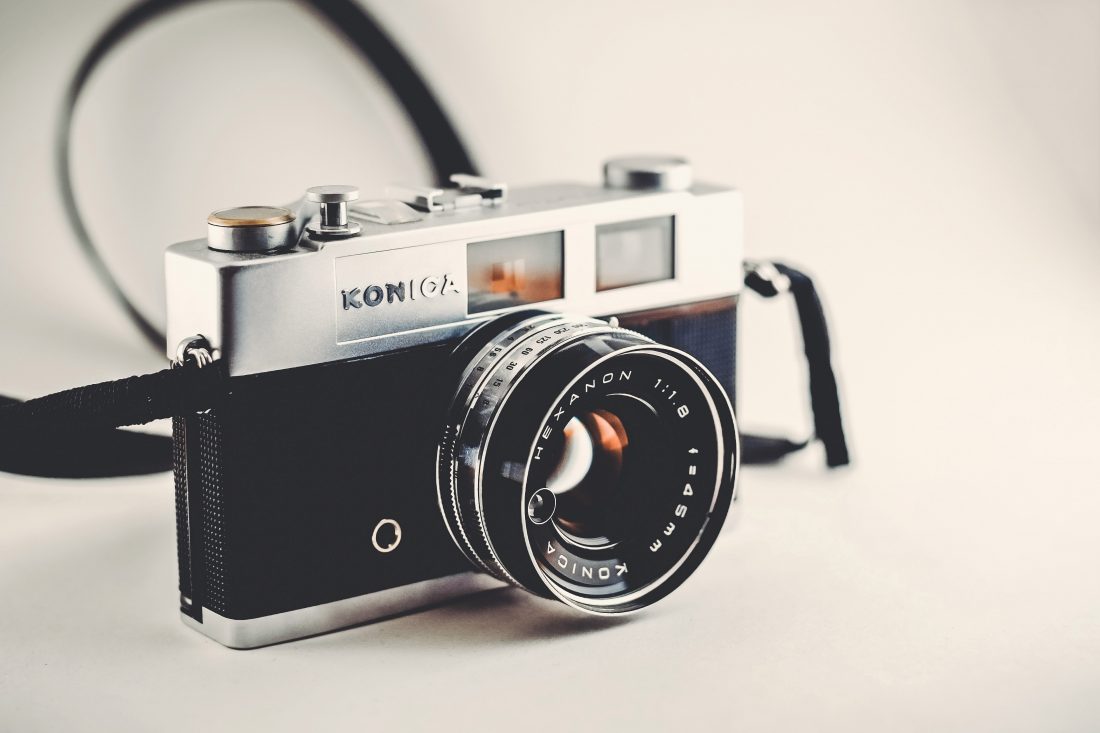
The Sony DCR-TRV900 Video Camera was a groundbreaking piece of equipment that revolutionized the world of digital video recording. Released in 1998, this camcorder was one of the first consumer-grade digital video cameras to offer professional-level features.
**Features and Specifications**
The Sony DCR-TRV900 boasted an impressive array of features that made it a popular choice among amateur videographers and professionals alike. Here are some of its key specifications:
– 3CCD Image Sensor: This camcorder utilized a 3CCD (charge-coupled device) image sensor, which allowed for superior color reproduction and image quality compared to single CCD sensors.
– Carl Zeiss Lens: The DCR-TRV900 was equipped with a high-quality Carl Zeiss Vario-Sonnar lens, renowned for its sharpness and clarity. It featured a 12x optical zoom and a maximum aperture of f/1.6.
– Manual Controls: Unlike many consumer camcorders of the time, the DCR-TRV900 offered extensive manual control options. Users could adjust settings such as exposure, white balance, focus, and shutter speed to achieve their desired look.
– Super SteadyShot Image Stabilization: This feature helped minimize camera shake and ensure smooth footage, particularly when shooting handheld.
– FireWire (IEEE 1394) Interface: The DCR-TRV900 featured a FireWire (IEEE 1394) port, allowing for high-speed digital transfer of video footage to a computer or other compatible devices.
**Release Date and Price**
The Sony DCR-TRV900 was released in 1998 with a suggested retail price of $3,499. It quickly gained popularity among videographers due to its advanced features and relatively affordable price tag compared to professional-grade equipment.
**In my Experience**
As a videographer who started my career in the late 90s, I vividly remember the excitement surrounding the release of the Sony DCR-TRV900. It was the first camcorder I owned that truly bridged the gap between consumer and professional equipment.
The image quality and color reproduction offered by the 3CCD sensor and Carl Zeiss lens were exceptional for a camcorder in its price range. The manual controls allowed me to experiment with different settings, giving me more creative freedom and control over my footage.
One of the standout features for me was the Super SteadyShot image stabilization. It made a significant difference in the overall quality of my handheld shots, reducing the unwanted shaky footage that plagued many other camcorders at the time.
The FireWire interface was another game-changer, as it allowed me to easily transfer my footage to my computer for editing. This streamlined my workflow and saved me countless hours of tedious tape digitization.
Overall, the Sony DCR-TRV900 was a game-changing camcorder that set new standards for consumer video recording. Its advanced features, superior image quality, and relatively affordable price made it a go-to choice for many videographers during that time.
